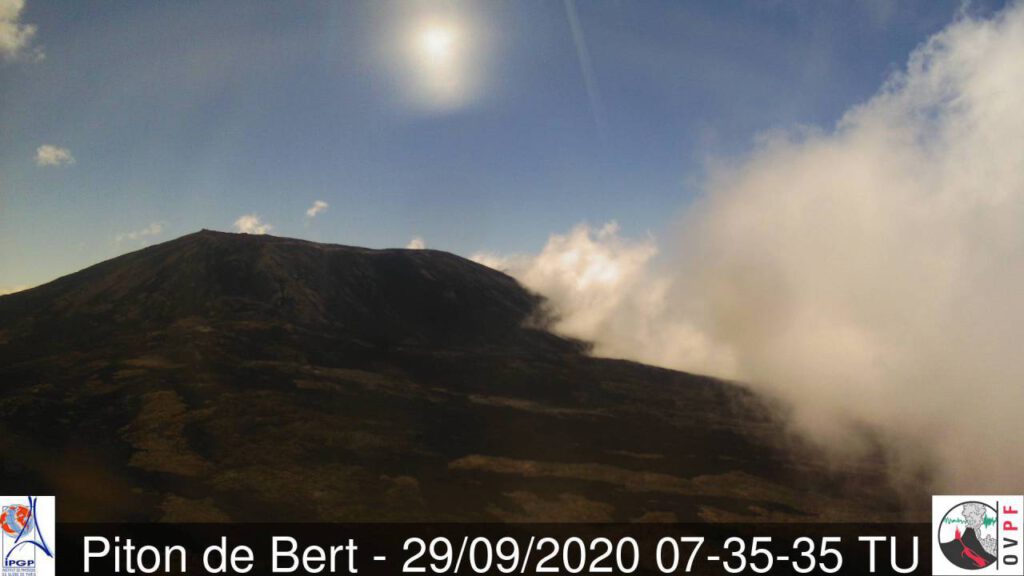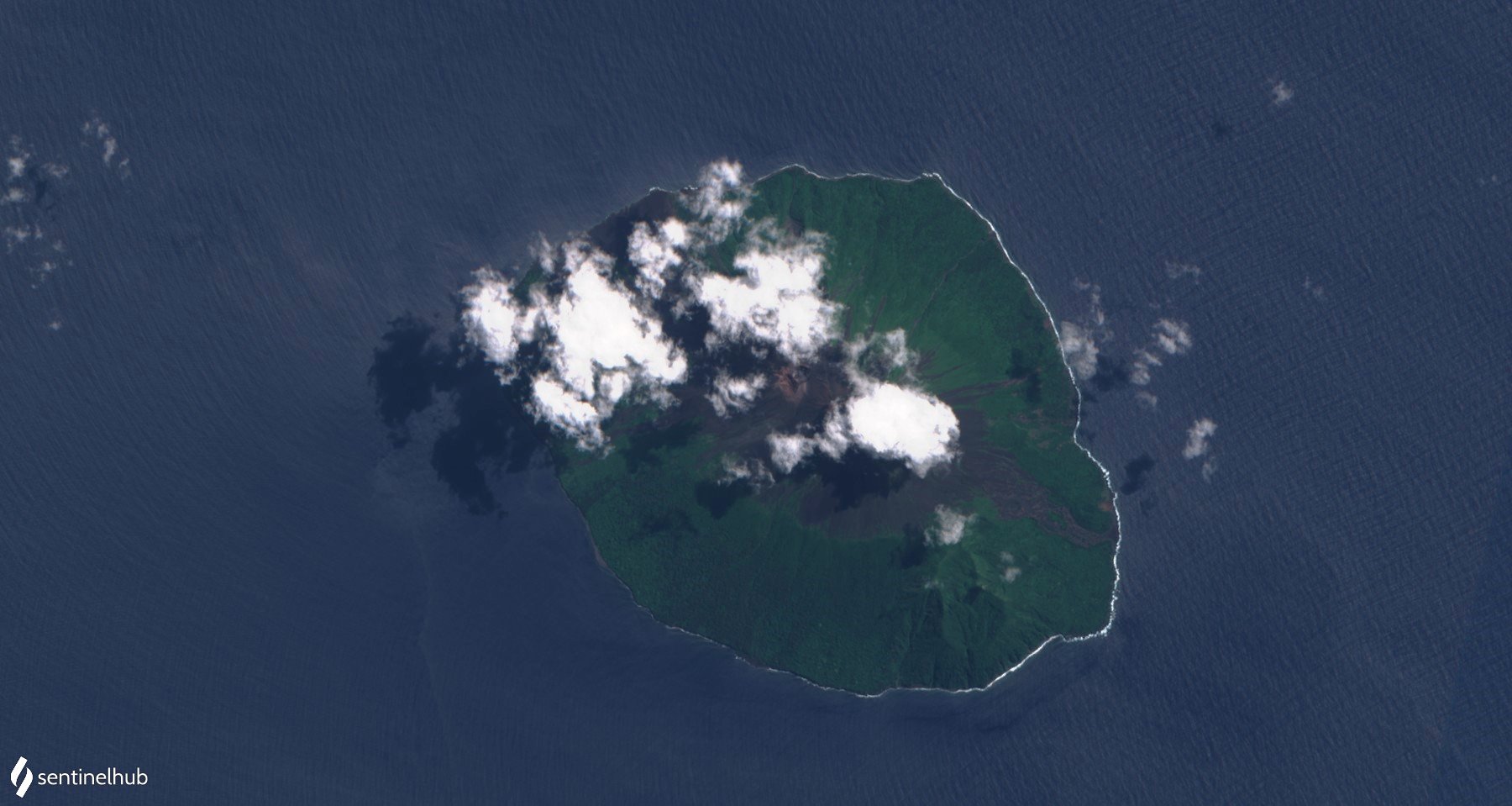At the Piton de la Fournaise, there has not been a volcanic eruption so far, although the seismic crisis lasted for hours and may still continue. The last report of the volcanologists of the OVPF is from yesterday evening 21.30 local time. There it says that the seismic crisis continues. Since noon more than 2000 earth tremors have been registered. The inflation under the summit crater was 360 microrad and migrated eastwards. The director of the observatory, Aline Peltier, expressed her concern. Such long lasting seismic crises are unusual and she did not exclude that an eruption fissure could open relatively far down the eastern flank of the volcano. However, there is also the possibility that the magma might get stuck in the underground and not erupt at first. So it remains exciting at Piton de la Fournaise on La Réunion.
Eruptions
News about eruptions and volcanoes can be found in this category. It is updated frequently. Volcano expert and journalist Marc Szeglat reports live from his expeditions to volcanoes.
Piton Fournaise: Seismic crisis on 28.09.20
At the Piton de la Fournaise a seismic crisis set in. Numerous weak tremors were registered. They were accompanied by rapid inflation: magma rose and sought its way to the surface. Access to the caldera was closed and an eruption is expected. However, it is still possible that the magma will stuck in the ground.
The last eruption occurred between 10 and 16 February this year.
Etna: Earthquake swarm in the northeast
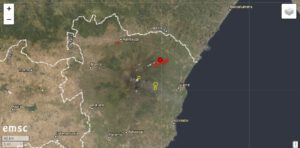 Yesterday evening an earthquake swarm manifested on Etna’s northeast flank. The INGV reports 8 earthquakes with magnitudes from 2. The two strongest quakes were on M 3.2. The epicenters were located 5 km southwest of Linguaglossa. The hypocenters were very flat. The depths vary between 0 and 1 km. This is very unusual, normally the quakes are at least 4-5 km deep. The INGV does not indicate how many weaker quakes there have been for 2 days.
Yesterday evening an earthquake swarm manifested on Etna’s northeast flank. The INGV reports 8 earthquakes with magnitudes from 2. The two strongest quakes were on M 3.2. The epicenters were located 5 km southwest of Linguaglossa. The hypocenters were very flat. The depths vary between 0 and 1 km. This is very unusual, normally the quakes are at least 4-5 km deep. The INGV does not indicate how many weaker quakes there have been for 2 days.
Probably they are tectonically caused earth tremors along the Pernicana fault system. Quakes here are not new. In the past they often signaled that Etna is preparing for a major eruption. However, it is not really possible to narrow down the time frame when an eruption is likely to occur.
The best known example happened in 2002. On September 22nd there was an earth tremor of magnitude 3.7. On October 26th a massive swarm quake started. One day later the flank eruption started. A scenario that could repeat itself at any time, even if the probability is not very high.
Etna with ash cloud
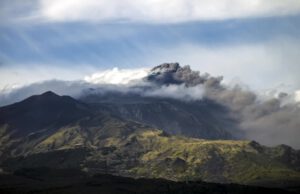 Yesterday afternoon Etna erupted an ash cloud. The eruption lasted longer. Strong winds pushed the eruption cloud down and blew it towards the southeast and into the Valle del Bove. MIROVA reported a slight thermal anomaly. The tremor fluctuated strongly. This morning there was an earthquake of magnitude 2.0 in the northwest of the volcano. Several weak earthquakes have already been recorded in the last few days.
Yesterday afternoon Etna erupted an ash cloud. The eruption lasted longer. Strong winds pushed the eruption cloud down and blew it towards the southeast and into the Valle del Bove. MIROVA reported a slight thermal anomaly. The tremor fluctuated strongly. This morning there was an earthquake of magnitude 2.0 in the northwest of the volcano. Several weak earthquakes have already been recorded in the last few days.
Pacaya increases activity on 26.09.20
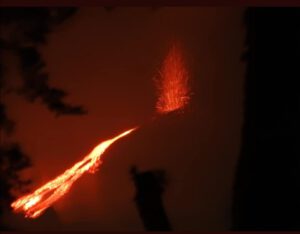 Yesterday evening there was a sudden increase in activity at the Guatemalan volcano Pacaya. Strombolian eruptions came in short intervals and transported glowing tephra up to 70 m high. A new lava flow began to flow again, which quickly covered a distance of 200 m. The activity was accompanied by tremors. A few hours earlier INSIVUMEH reported strombolinaceous eruptions, but not an active lava flow.
Yesterday evening there was a sudden increase in activity at the Guatemalan volcano Pacaya. Strombolian eruptions came in short intervals and transported glowing tephra up to 70 m high. A new lava flow began to flow again, which quickly covered a distance of 200 m. The activity was accompanied by tremors. A few hours earlier INSIVUMEH reported strombolinaceous eruptions, but not an active lava flow.
During my visit to the volcano in January of this year I also witnessed how quickly the situation at Pacaya can change: suddenly a vent on the south side of the Mc Kenney cone opened and produced a short lava flow. A little later a flow on the north side became active. After a few minutes everything was over again. Such events illustrate the unpredictability of volcanoes.
Lopevi: Warning of volcanic eruption
The Vanuatu Department of Meteorology and Geohazards (VMGD) yesterday warned of a possible impending eruption of the Lopevi volcano. The reason for the warning is a significant increase in seismicity under the volcano. Vapor emissions are observed. The alert level is 2/5 and an eruption can occur without further warning. It is recommended not to go to the edge of the crater. The image shows the current seismogram. In Vanuatu only the Yasur is active at the moment.
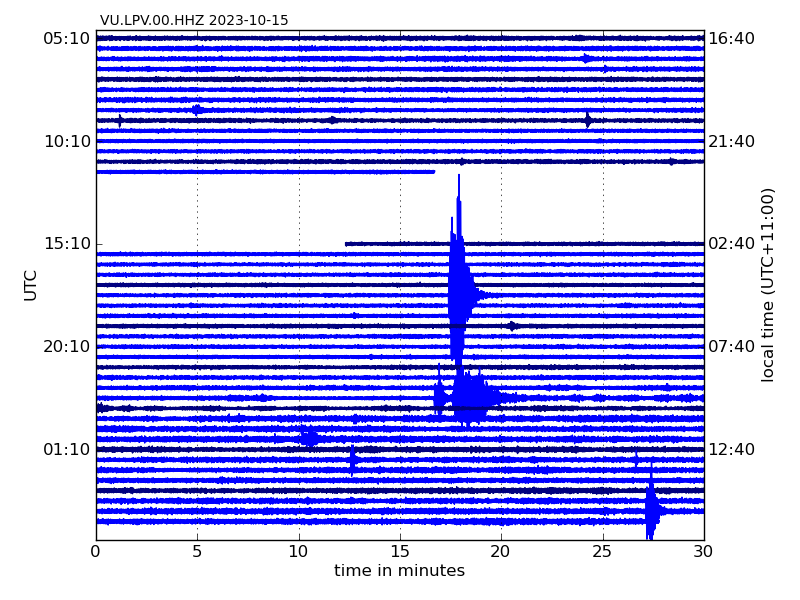
Etna: Increasing activity
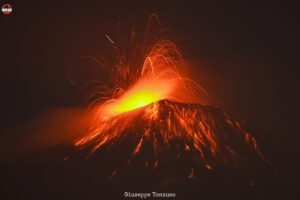 Etna in Sicily increased its seismic and eruptive activity. Already on Wednesday there were several earthquakes near the central crater area. The quakes are only now being reported to the INGV, indicating magma movements. A total of 13 earthquakes were registered. 7 of the quakes can be attributed to a swarm that started at 22:20. The strongest earthquake had a magnitude of 2.9. 0 m is indicated as the depth of the focus. The epicenter was east of the northeast crater. The other quakes of the swarm manifested themselves in a few hundred meters depth.
Etna in Sicily increased its seismic and eruptive activity. Already on Wednesday there were several earthquakes near the central crater area. The quakes are only now being reported to the INGV, indicating magma movements. A total of 13 earthquakes were registered. 7 of the quakes can be attributed to a swarm that started at 22:20. The strongest earthquake had a magnitude of 2.9. 0 m is indicated as the depth of the focus. The epicenter was east of the northeast crater. The other quakes of the swarm manifested themselves in a few hundred meters depth.
The tremor fluctuates strongly and phases of strombolian eruptions from the New Southeast Crater occur again and again. Mountain guides report loud explosion noises.
Piton Fournaise: Increase in earthquakes
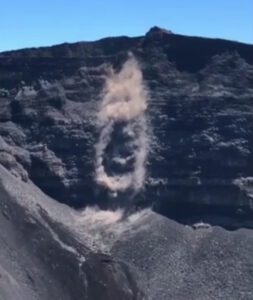 Since September 20, the volcanic earthquake activity under the Piton de la Fournaise has been increasing. Within 2 days 21 weak tremors were recorded. They had maximum amplitudes of 1 and were located at depths between 1.7 and 2.2 km. The epicenter manifested itself under the summit crater Dolomieu. There, on Monday, the release of a debris avalanche was also documented. Whether there is a connection with the earthquakes is unclear. Possibly, inflation also played a role, because a swelling of the summit area was detected at the same time as the quake activity increased. Furthermore, the carbon dioxide concentration of fumaroles increased. The evidence suggests that magma is rising and filling the uppermost magma reservoir. Sooner or later a new eruption will occur. The last eruptions usually took place 3-4 weeks after comparable signs became known.
Since September 20, the volcanic earthquake activity under the Piton de la Fournaise has been increasing. Within 2 days 21 weak tremors were recorded. They had maximum amplitudes of 1 and were located at depths between 1.7 and 2.2 km. The epicenter manifested itself under the summit crater Dolomieu. There, on Monday, the release of a debris avalanche was also documented. Whether there is a connection with the earthquakes is unclear. Possibly, inflation also played a role, because a swelling of the summit area was detected at the same time as the quake activity increased. Furthermore, the carbon dioxide concentration of fumaroles increased. The evidence suggests that magma is rising and filling the uppermost magma reservoir. Sooner or later a new eruption will occur. The last eruptions usually took place 3-4 weeks after comparable signs became known.
Fuego with vulcanian explosions
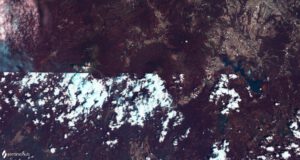 INSIVUMEH volcanologists describe the explosive activity on the Fuego as moderate to strong. Between 12 and 16 Vulcanian eruptions are generated per hour. They cause volcanic ash to rise to a height of 4900 m above sea level. The ash clouds drift westward and cover distances of up to 15 km. Glowing tephra is ejected several hundred meters above crater height. Glowing debris avalanches are created which flow off through the various drainage channels. On a 2 day old satellite photo you can still see a lava flow flowing south. In the current Bulletin there is no more talk about it.
INSIVUMEH volcanologists describe the explosive activity on the Fuego as moderate to strong. Between 12 and 16 Vulcanian eruptions are generated per hour. They cause volcanic ash to rise to a height of 4900 m above sea level. The ash clouds drift westward and cover distances of up to 15 km. Glowing tephra is ejected several hundred meters above crater height. Glowing debris avalanches are created which flow off through the various drainage channels. On a 2 day old satellite photo you can still see a lava flow flowing south. In the current Bulletin there is no more talk about it.
Ol Doinyo Lengai with heat signature
 The volcano in the East African Rift Valley is still active. This is confirmed by a heat signature captured by MIROVA and Sentinel. Mirova indicates a thermal radiation of 6 MW. Sentinel images in the infrared spectrum show 2 thermal anomalies. One emanates from the central crater area where a large hornito recently grew. Another hotspot formed on the southwestern crater rim. If you look closer at the photo you can see black lava flows flowing along the crater rim and flowing into the central area. Layer by layer the pit crater is filling up again and with a little luck it could be accessible again in a few years.
The volcano in the East African Rift Valley is still active. This is confirmed by a heat signature captured by MIROVA and Sentinel. Mirova indicates a thermal radiation of 6 MW. Sentinel images in the infrared spectrum show 2 thermal anomalies. One emanates from the central crater area where a large hornito recently grew. Another hotspot formed on the southwestern crater rim. If you look closer at the photo you can see black lava flows flowing along the crater rim and flowing into the central area. Layer by layer the pit crater is filling up again and with a little luck it could be accessible again in a few years.
The only question then is how we will travel to and in Africa? Thanks to the Corona Pandemic, we are probably at a turning point. The airlines are mothballing more and more planes and laying off staff on a grand scale. Even if the pandemic becomes manageable thanks to vaccination, it will be years before we are even close to pre-pandemic levels of travel technology.
